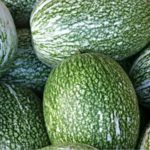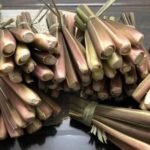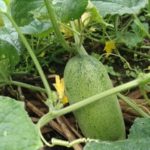Rau nhót, also known as salted vegetable, is a familiar food of people in Nghệ An. Although it is just a wild vegetable with stems and leaves similar to the plant called Ten O’clock Flower, when processed, rau nhót can become a delicious dish.
Previously, rau nhót was only considered a wild vegetable and used for famine relief, but now, it has become a “scarce as fresh shrimp” specialty with a not cheap price. The way to process rau nhót is quite simple, you just need to boil it and then add some spices, roasted peanuts… to have a cool and suitable dish for all ages, and very popular in summer meals.
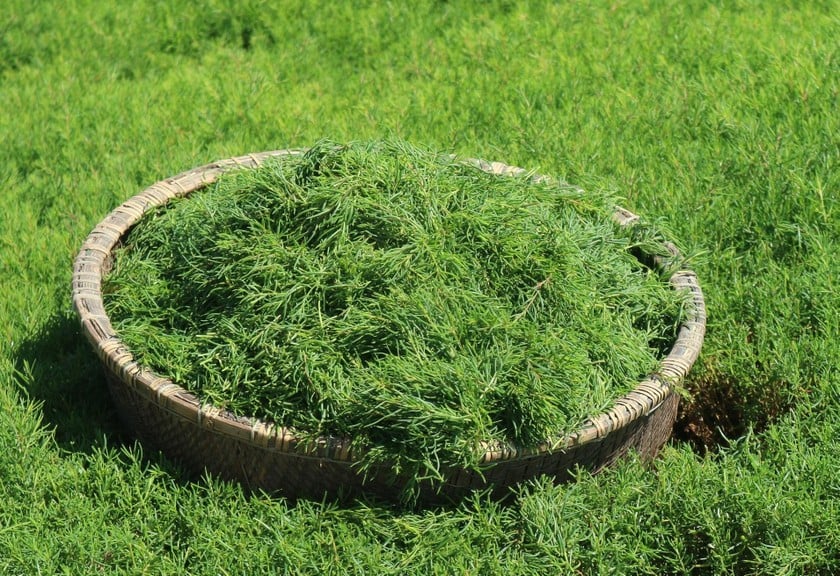
Let’s learn how to make rau nhót salad with a simple recipe, easy to prepare and eat below.
1. Ingredients for rau nhót salad
– Rau nhót: Depending on the number of people eating, you can prepare from 1 to 2 bunches of rau nhót
– Crushed roasted peanuts: 1/2 bowl of fish sauce
– Lime leaves, chili, fresh lime
– Carrot: 1 tuber
– Mung bean sprouts: 100 grams
– Seasonings: MSG, sugar, salt
2. Steps to make rau nhót salad
Step 1: Prepare the ingredients
– After buying rau nhót, wash it thoroughly and let it drain.
– Peel the carrot, rinse it, and shred it into fibers with a kitchen tool.
– Pick lime leaves, wash them, and julienne them.
– Wash the chili, remove the stems, and finely chop it.
– Remove the remaining skin on the mung bean sprouts, then wash them and blanch them in hot water. However, you should not blanch them too ripe to avoid making the sprouts soft and lose their taste.
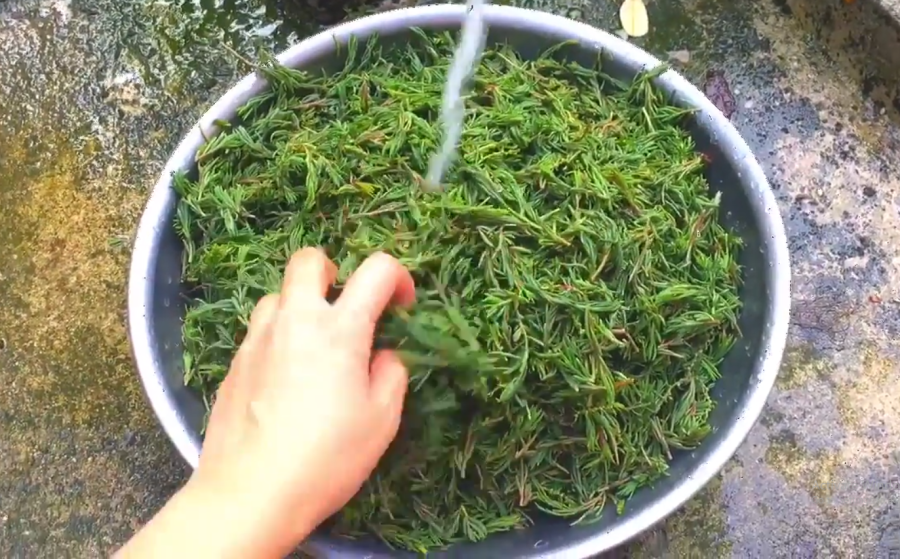
Step 2: Boil rau nhót
– Put a pot of water on the stove and boil the cleaned rau nhót. When the rau nhót is cooked, take it out and soak it in a basin of cold water to preserve its beautiful green color and crispy texture.
– Wait for the rau nhót to cool, you can use your hands to squeeze the rau nhót well to remove excess water.
Step 3: Mix the rau nhót salad
– Put the squeezed rau nhót into a large bowl, then add the prepared ingredients such as blanched mung bean sprouts, shredded carrots, julienned lime leaves, sugar, juice of 2-3 limes, MSG, and mix them well so that the rau nhót absorbs the seasonings.
– Because rau nhót itself has a slightly salty taste, you need to try the rau nhót first and then season with salt and chili to suit your taste to avoid making the dish too salty or spicy.
– Wait for about 20 minutes for the rau nhót salad to absorb the seasonings, then transfer it to a plate. Sprinkle some roasted peanuts on top to make the dish more visually appealing and flavorful.
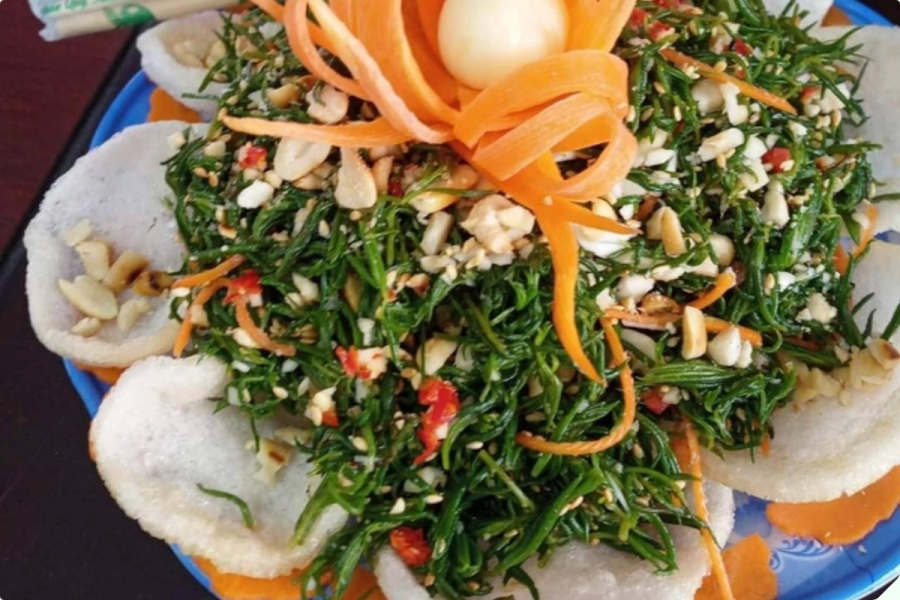
This dish can be served as an appetizer and can be paired with vermicelli or steamed rice rolls, both delicious.


